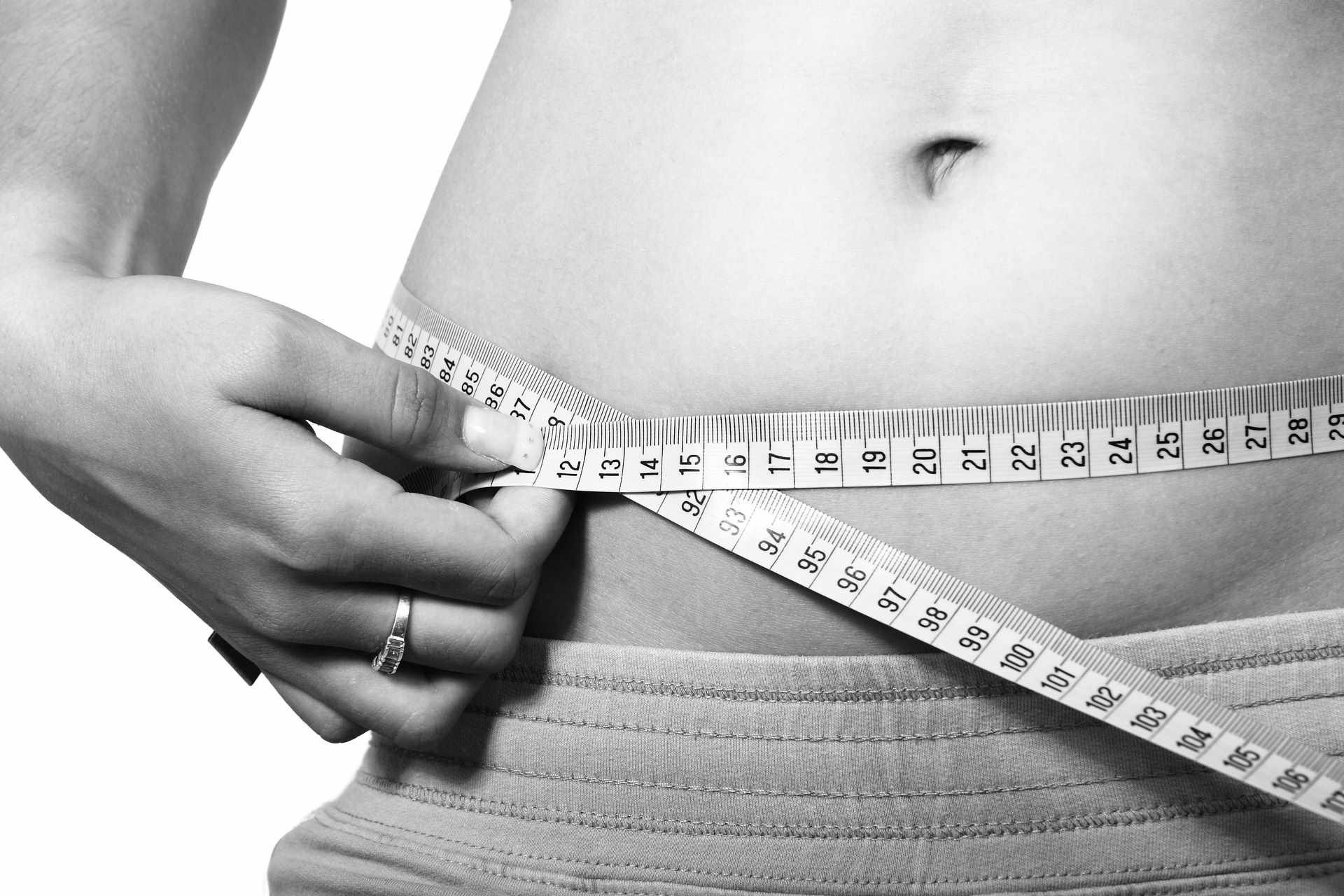Cryolipolysis: Sculpting Bodies with Cold
In a world obsessed with physical perfection, the quest for an ideal body shape has led to countless innovations in the beauty and fitness industry. Among these groundbreaking developments, cryolipolysis stands out as a unique and intriguing method for body contouring. This non-invasive fat reduction technique harnesses the power of extreme cold to target and eliminate stubborn fat cells, offering a promising alternative to traditional liposuction. As the procedure gains traction among those seeking to refine their silhouettes, it's essential to explore the science, efficacy, and implications of this chilling approach to body sculpting.

The technology behind cryolipolysis was first conceptualized by observing the phenomenon of popsicle panniculitis, where children who consumed popsicles experienced dimpling in their cheeks due to fat loss. This observation led researchers to explore the potential of cold-induced fat reduction for cosmetic purposes.
The Procedure: From Theory to Practice
During a cryolipolysis session, a trained practitioner uses a specialized device to apply controlled cooling to the targeted area. The skin is protected by a gel pad, and the device creates a vacuum effect to draw the fatty tissue between two cooling panels. The treatment typically lasts between 35 to 60 minutes per area, during which patients may experience sensations of intense cold, tingling, or mild discomfort.
One of the key advantages of cryolipolysis is its non-invasive nature. Unlike surgical procedures, there are no incisions, anesthesia, or recovery time required. Patients can resume normal activities immediately after treatment, making it an attractive option for those with busy lifestyles.
Effectiveness and Results
Clinical studies have shown promising results for cryolipolysis. A 2014 review published in the Aesthetic Surgery Journal reported that patients experienced an average fat reduction of 19.55% in treated areas. However, it’s important to note that results can vary significantly between individuals, and multiple treatments may be necessary to achieve desired outcomes.
The full effects of cryolipolysis typically become visible within two to four months post-treatment, as the body gradually eliminates the affected fat cells. This gradual process contributes to a more natural-looking transformation compared to more aggressive fat removal methods.
Target Areas and Limitations
While cryolipolysis has proven effective for reducing localized fat deposits, it’s not a solution for overall weight loss or obesity. The procedure is best suited for individuals who are close to their ideal body weight but struggle with stubborn fat pockets resistant to diet and exercise.
Common treatment areas include:
-
Abdomen
-
Flanks (love handles)
-
Thighs
-
Upper arms
-
Back fat
-
Submental area (double chin)
It’s crucial to understand that cryolipolysis is not a substitute for a healthy lifestyle. Maintaining results requires a balanced diet and regular exercise regimen.
Safety Profile and Side Effects
Cryolipolysis has generally been found to be safe when performed by qualified professionals. The most common side effects are temporary and include:
-
Redness
-
Swelling
-
Bruising
-
Numbness
-
Tingling or stinging sensations
These effects typically resolve within a few days to weeks after treatment. More serious complications, such as paradoxical adipose hyperplasia (PAH) - a rare condition where fat tissue grows instead of shrinking - have been reported in a small percentage of cases.
The Evolving Landscape of Body Contouring
As cryolipolysis continues to gain popularity, it’s reshaping the body contouring industry. Traditional surgical methods like liposuction are facing competition from this non-invasive alternative, which appeals to patients seeking minimal downtime and lower risk procedures.
The success of cryolipolysis has also sparked innovation in related technologies. Newer devices combine cryolipolysis with other modalities such as radiofrequency or ultrasound, aiming to enhance fat reduction and skin tightening effects.
Psychological Impact and Body Image
Beyond its physical effects, cryolipolysis can have significant psychological implications for patients. For many, the ability to target specific areas of concern without surgery can boost self-confidence and body satisfaction. However, it’s crucial to approach such treatments with realistic expectations and a healthy mindset.
Mental health professionals caution against viewing body contouring procedures as a panacea for body image issues. Instead, they emphasize the importance of self-acceptance and overall wellness in conjunction with any cosmetic treatments.
The Future of Cryolipolysis
As research continues, the future of cryolipolysis looks promising. Scientists are exploring ways to optimize treatment protocols, improve device technology, and expand applications to new areas of the body. There’s also growing interest in combining cryolipolysis with complementary treatments to enhance overall body sculpting results.
The beauty and fitness industry is likely to see further integration of cryolipolysis into comprehensive body transformation programs, potentially alongside nutrition counseling, personal training, and other non-invasive cosmetic procedures.
In conclusion, cryolipolysis represents a fascinating intersection of science and aesthetics in the quest for body perfection. As with any cosmetic procedure, it’s essential for individuals to thoroughly research, consult with qualified professionals, and carefully consider their motivations and expectations before undergoing treatment. While not a magic solution, cryolipolysis offers a unique approach to body sculpting that continues to captivate both practitioners and patients in the ever-evolving world of beauty and fitness.





